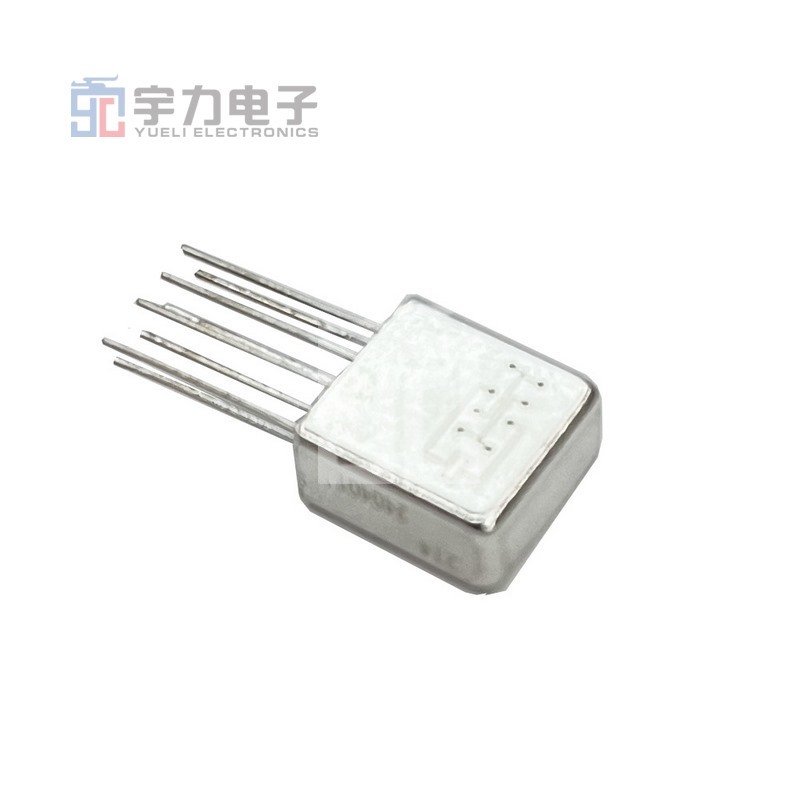Understanding Radio Frequency Relays: A Key Component in Electronics
2025-07-03

Radio frequency (RF) relays are specialized electronic components that play a vital role in the field of telecommunications and various automated systems. These devices act as switches that can control the flow of radio frequency signals, making them essential for a wide range of applications, from remote control systems to signal amplification.
At its core, an RF relay operates on the principle of electromagnetic induction. When an electrical current passes through the coil of the relay, it generates a magnetic field that can attract or repel a movable armature. This action either completes or interrupts the circuit, allowing the relay to control the flow of RF signals. Unlike traditional relays that may be designed for lower frequencies, RF relays are specifically engineered to handle high-frequency signals, typically in the range of megahertz (MHz) to gigahertz (GHz). This capability allows them to function effectively in various applications, including wireless communication, broadcasting, and signal processing.
One of the primary advantages of RF relays is their ability to provide isolation between different circuits. This isolation is crucial in preventing unwanted interference that can degrade signal quality. Additionally, RF relays can be designed to operate in different environments, including high-power applications where heat dissipation and component durability are essential.
In terms of applications, RF relays find use in numerous fields. In telecommunications, they are often employed in base stations, where they facilitate the switching of signals between different antennas and transceivers. In the automotive industry, RF relays are used in keyless entry systems, enabling secure communication between the vehicle and the remote key fob. Similarly, they play a significant role in industrial automation, where RF relays help control machinery and processes remotely.
Furthermore, RF relays are also instrumental in the Internet of Things (IoT) landscape. As more devices become interconnected, the need for reliable RF communication grows, and RF relays help ensure seamless data transmission between devices. Their ability to switch signals quickly and accurately makes them ideal for applications where timing and responsiveness are critical.
In summary, radio frequency relays are indispensable components in the electronics industry, providing essential functions across various applications. Their unique ability to handle high-frequency signals while offering circuit isolation and control makes them a preferred choice in telecommunications, automotive, industrial automation, and IoT systems. As technology continues to advance, the demand for reliable RF relays is expected to grow, highlighting their importance in modern electronic design and application.
At its core, an RF relay operates on the principle of electromagnetic induction. When an electrical current passes through the coil of the relay, it generates a magnetic field that can attract or repel a movable armature. This action either completes or interrupts the circuit, allowing the relay to control the flow of RF signals. Unlike traditional relays that may be designed for lower frequencies, RF relays are specifically engineered to handle high-frequency signals, typically in the range of megahertz (MHz) to gigahertz (GHz). This capability allows them to function effectively in various applications, including wireless communication, broadcasting, and signal processing.
One of the primary advantages of RF relays is their ability to provide isolation between different circuits. This isolation is crucial in preventing unwanted interference that can degrade signal quality. Additionally, RF relays can be designed to operate in different environments, including high-power applications where heat dissipation and component durability are essential.
In terms of applications, RF relays find use in numerous fields. In telecommunications, they are often employed in base stations, where they facilitate the switching of signals between different antennas and transceivers. In the automotive industry, RF relays are used in keyless entry systems, enabling secure communication between the vehicle and the remote key fob. Similarly, they play a significant role in industrial automation, where RF relays help control machinery and processes remotely.
Furthermore, RF relays are also instrumental in the Internet of Things (IoT) landscape. As more devices become interconnected, the need for reliable RF communication grows, and RF relays help ensure seamless data transmission between devices. Their ability to switch signals quickly and accurately makes them ideal for applications where timing and responsiveness are critical.
In summary, radio frequency relays are indispensable components in the electronics industry, providing essential functions across various applications. Their unique ability to handle high-frequency signals while offering circuit isolation and control makes them a preferred choice in telecommunications, automotive, industrial automation, and IoT systems. As technology continues to advance, the demand for reliable RF relays is expected to grow, highlighting their importance in modern electronic design and application.


